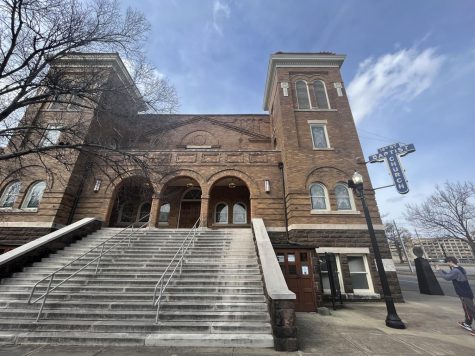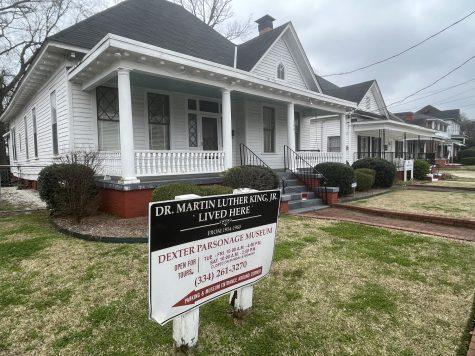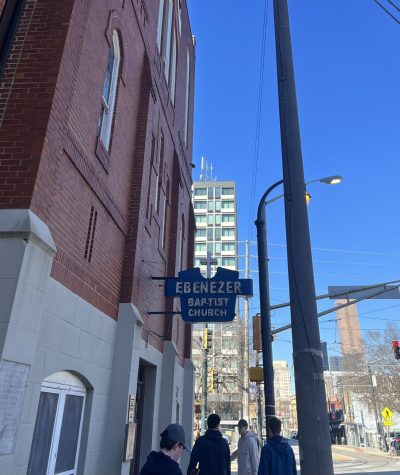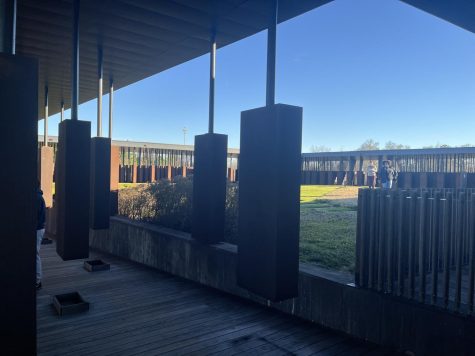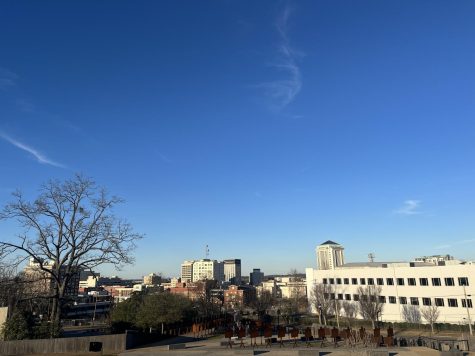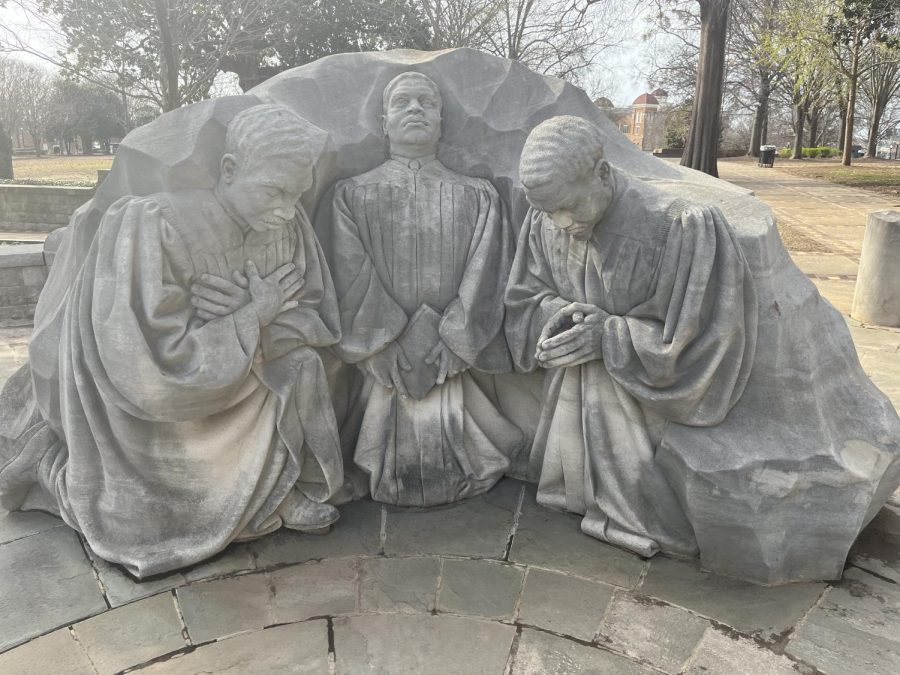Bridge Trip—Civil Rights Road Trip
March 12, 2023
Two weeks ago a group of Salesianum students embarked on a life changing experience. Driving over 1800 miles in 20 hours and across four states the group learned about one of the most pivotal periods in American history.
The group departed from Philadelphia on February 17 into Atlanta Georgia. There they started their journey at The National Center for Civil Rights, a museum dedicated to the achievements in the human rights movement not only domestically, but globally as well. The following day the group made their way to Montgomery, Alabama where they first visited the Legacy Museum. The exhibit explores the lasting effects of slavery, racism, and lynchings. They later made thier way to the Lynching Memorial, which comemerates the victims of racial lynchings throughout the late 19th and early 20th centuries. The museum had hundreds of individual memorials, each dedicated to a separate act of racial violence.
The group spent the subsequent three nights of their trip at Camp Utopia, in cabins, which allowed the students to disconnect. On Sunday, the third day of the trip, the group traveled to St. Jude Parish in Montgomery, Alabama for Sunday morning mass. Following mass the group toured the site, as it was a stopping point on the four day march from Selma to Montgomery. St. Jude was founded in the 1930’s by Father Howard Percell. The church, in addition to the accompanying school, and hospital was built to help the black community, who were denied access to many public facilities at the time, including the only two hospitals in Montgomery. In the afternoon the group went to Selma and walked across the Edmund Pettus Bridge, the very same bridge where the historic march started from, and the location of the infamous Bloody Sunday. Bloody Sunday, a turning point in the Civil Rights movement, was the location where protesters were met by police officers with tear gas and clubs, resulting in seventeen protesters being hospitalized.
The fourth day the group went to the Rosa Parks museum, a museum dedicated to Rosa Parks, and those a part of the Montgomery bus boycott, which lasted over a year. In the afternoon the group visited Martin Luther King’s house in Montgomery, and the 16th Street Baptist Church in Birmingham, location of a bombing by the Klu Klux Klan which resulted in the death of four black children who were at Sunday school.
The last day the group departed from camp Utopia on a four hour drive to Memphis Tennessee, to see the Lorraine Hotel. The Lorraine Hotel was the location of the assasination of Dr. Martin Luther King on April 4, 1968, while standing on the balcony outside of the motel. The group finally flew out of the Memphis airport back to Philadelphia on February 21.
